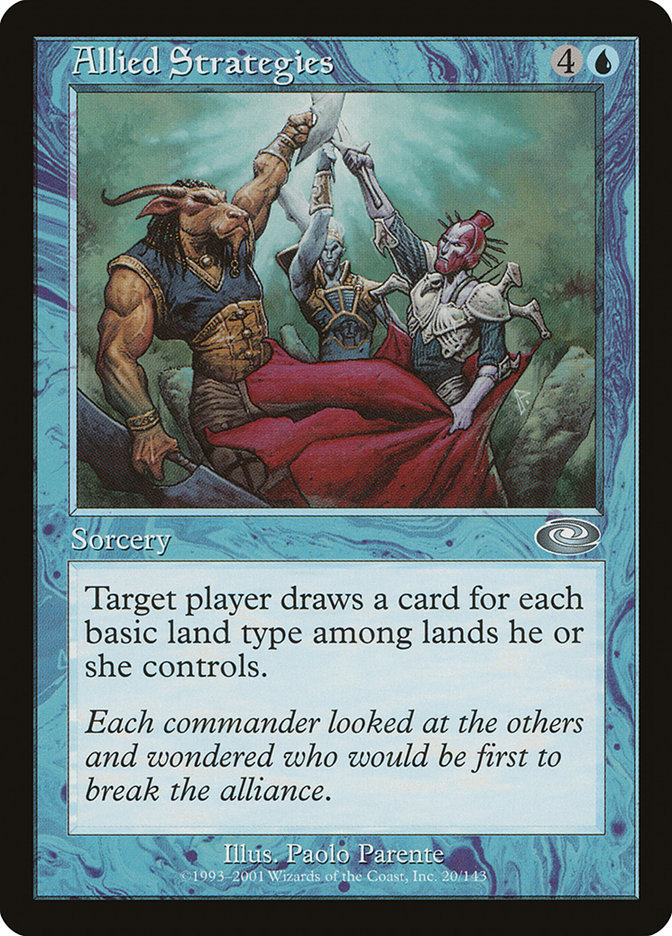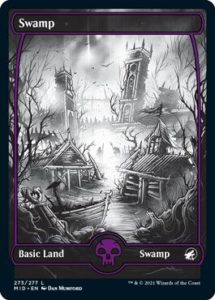
The following creature types are introduced in this expansion: Phelddagrif. Planeshift expands upon the Kicker keyword introduced in Invasion by having other costs besides mana.

It is generally attached to an undercosted creature, when that creature comes into play, gating requires the player to return a creature they control to their hand. Planeshift introduced the Gating mechanic. The set was accompanied by the novel of the same name.Ī 1/1 Spirit Token with Flying for March of Souls was released as a Magic Player Reward. This was a Questing Phelddagrif printed with ancient Greek text. The cards were sold in 15-card boosters which had artwork from Draco, in four preconstructed theme decks, and a fat pack.

As the struggle rages, portions of the artificial plane Rath begin appearing in Dominaria, bringing hordes of Phyrexian reinforcements into the battle.
#Magic the gathering planeshift full
For these reasons, material in this supplement is not legal in D&D Organized Play events.The Phyrexian invasion is in full swing, and despite some early victories, Urza and the armies of Dominaria are losing. The game mechanics in this supplement are usable in your D&D campaign but are not fully tempered by playtests and design iterations. All you really need is races for the characters, monsters for them to face, and some ideas to build a campaign.įinally, The Art of Magic: The Gathering-Zendikar will help you create a D&D campaign in Zendikar, but you don't actually need the book to make use of the material in Plane Shift: Zendikar-you can also refer to the abundance of lore about Zendikar found on and the Zendikar plane profile. The point is to experience the worlds of Magic in a new way, through the lens of the D&D rules. The D&D magic system doesn't involve five colors of mana or a ramping-up to your most powerful spells, but the goal isn't to mirror the experience of playing Magic in your role-playing game. D&D is a flexible rules system designed to model any kind of fantasy world. Plane Shift: Zendikar was made using the fifth edition of the D&D rules. The easiest way to approach a D&D campaign set on Zendikar is to use the rules that D&D provides mostly as written: a druid on Zendikar might call on green mana and cast spells like giant growth, but she's still just a druid in the D&D rules (perhaps casting giant insect).

You can think of Plane Shift: Zendikar as a sort of supplement to The Art of Magic: The Gathering-Zendikar, designed to help you take the world details and story seeds contained in that book and turn them into an exciting D&D campaign.

And it's all surrounded by amazing fantasy art that holds boundless inspiration in itself. It's littered with adventure hooks and story seeds, and lacks only the specific rules references you'd need to adapt Zendikar's races, monsters, and adventures to a tabletop D&D campaign. Many of the plane's creative roots lie in D&D, so it should be no surprise that The Art of Magic: The Gathering-Zendikar feels a lot like a D&D campaign setting book. Dungeons & Dragons and Magic: The Gathering are two different games, but that doesn't mean their Multiverses can't meet.įrom the beginning, Magic's plane of Zendikar was conceived as an "adventure world" where parties of explorers delve into ancient ruins in search of wonders and treasures, fighting the monsters they encounter on the way.


 0 kommentar(er)
0 kommentar(er)
